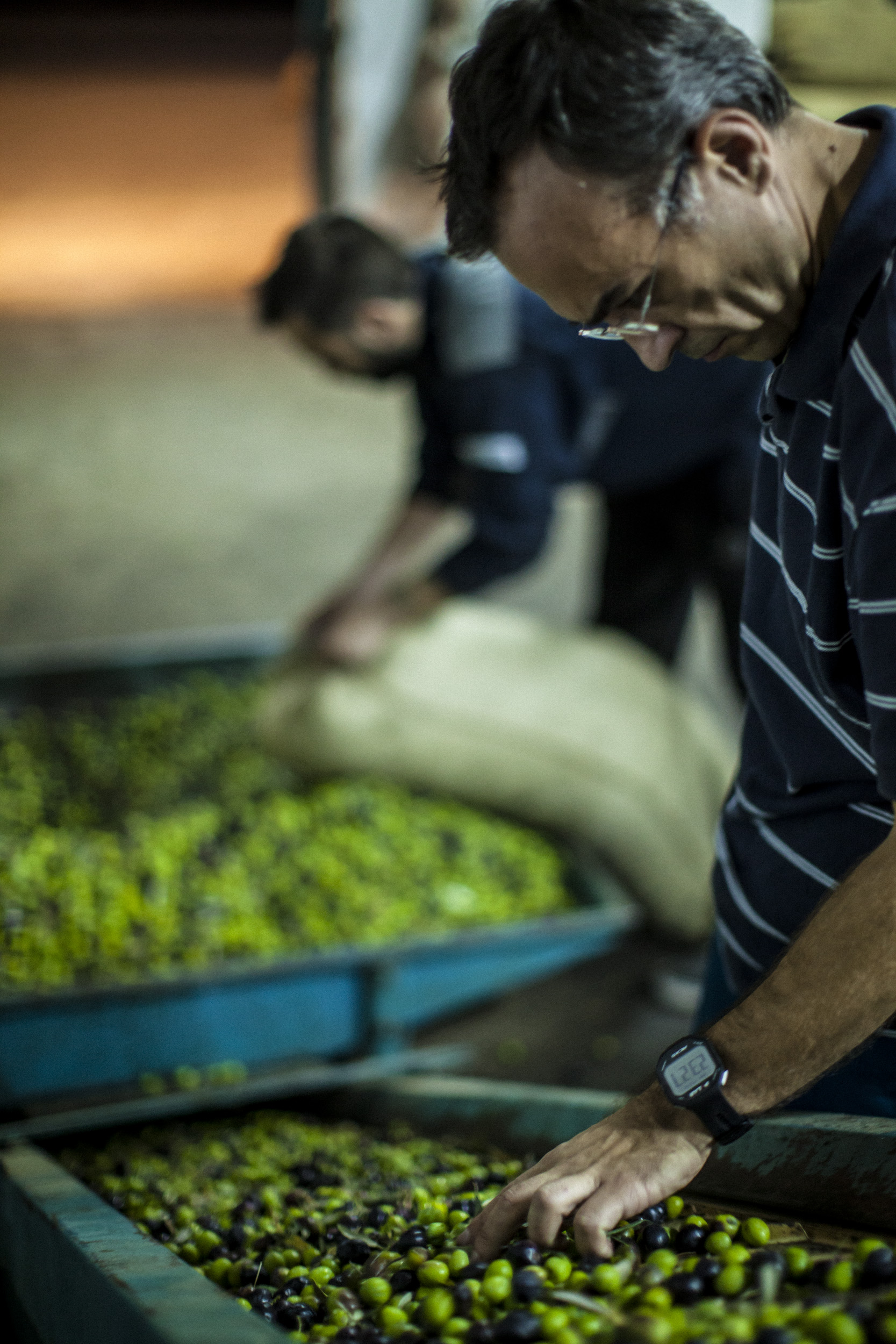
15 Feb Evaluation of environmental variables in the quality of EVOO-ΠΩΣ Η ΤΟΠΟΘΕΣΙΑ ΤΟΥ ΕΛΑΙΩΝΑ ΜΠΟΡΕΙ ΝΑ ΕΠΙΒΑΡΥΝΕΙ ΜΕ ΑΝΕΠΙΘΥΜΗΤΕΣ ΟΥΣΙΕΣ
ΣΥΝΟΨΗ
Volume 199, 15 May 2016, Pages 273–279
Η παρουσία βενζολίου, τολουόλιου, αιθυλοβενζολίου, ξυλολίου και στυρενίου (ΒΤΕΧS) στο ελαιόλαδο μπορεί να αποδοθεί στην περιβαλλοντική επιμόλυνση αλλά επίσης και σε βιολογικές διαδικασίες κατά τη διάρκεια της λιπογένεσης. Σε αυτή την εργασία ο παράγοντας επεξεργασίας ΒΤΕΧS από τις ελιές στο λάδι κατά τη διάρκεια της παραγωγής του αξιολογήθηκε στο εργαστήριο με το Abencor σύστημα. Το βενζόλιο έδειξε να είναι ο χαμηλότερος παράγοντας επιμόλυνσης (15%) ενώ το τολουόλιο και το ξυλόλιο έδειξε μια ενιάμεση συμπεριφορά (με 40-60% αποτελεσματικότητα) και το αιθυλοβενζόλιο με το στυρένιο μεταφέρθηκε ολοκληρωτικά από τις ελιές στο λάδι (100%). Επίσης έγινε προσπάθεια να εξεταστεί η συνεισφορά εν δυνάμει πηγών επιμόλυνσης στις ελιές για πρώτη φορά. Δυο είδη δειγμάτων ελιών ελέγχθηκαν σύμφωνα με την γειτνίαση τους με πηγές επιμόλυνσης (δρόμους στη συγκεκριμένη περίπτωση). Αν και υψηλά επίπεδα BTEXS βρέθηκαν σε δείγματα που πάρθηκαν κοντά σε δρόμους, η συγκέντρωση ήταν σχετικά χαμηλή και δεν αποτέλεσε βασικό συστατικό BTEXS που βρέθηκε στα ελαιόλαδα.
Abstract
The presence of BTEXS (benzene, toluene, ethylbenzene, xylenes and styrene) in virgin olive oils can be attributed to environmental contamination, but also to biological processes during oil lipogenesis (styrene). In this work, the processing factor of BTEXS from olives to olive oil during its production was evaluated at lab-scale with an Abencor system. Benzene showed the lowest processing factor (15%), whereas toluene and xylenes showed an intermediate behavior (with 40–60% efficiency), and ethylbenzene and styrene were completely transferred (100%). In addition, an attempt to examine the contribution of potential sources to olives contamination with BTEXS was carried out for the first time. Two types of olives samples were classified according to their proximity to the contamination source (road). Although higher levels of BTEXS were found in samples close to roads, the concentrations were relatively low and do not constitute a major contribution to BTEXS usually detected in olive oil.
